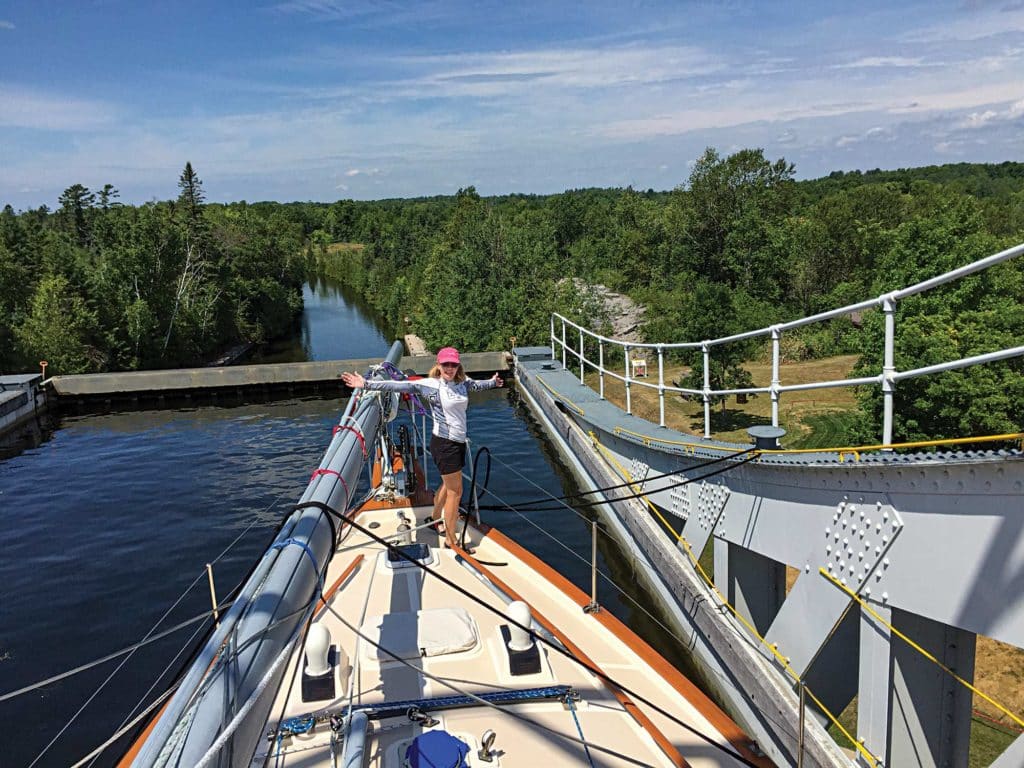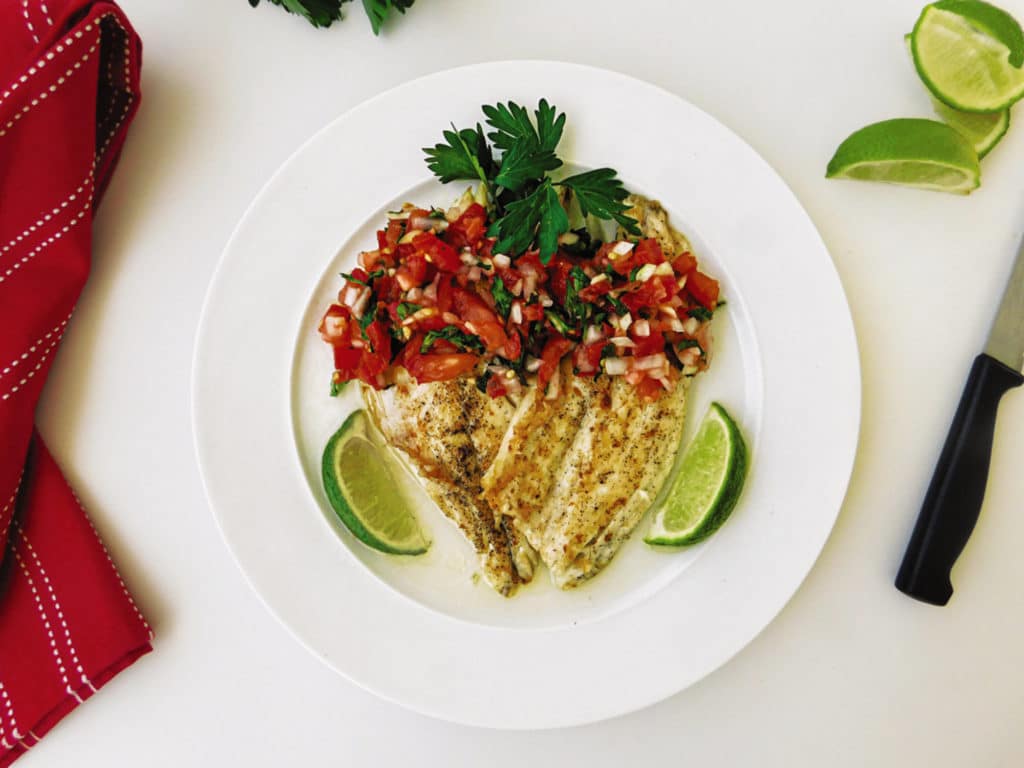
EDITED BY LYNDA MORRIS CHILDRESS
We’d just hit the jackpot. We were docked in Tobin Harbor on Lake Superior’s Isle Royale aboard Sasha, our Island Packet 40, when the bounty appeared. It came along with a park ranger, who’d just happened by to check on things. As we chatted amiably, he blurted, “Would you like some fresh fish?” He’d caught far more than he could eat that day. “Call me Rick,” he said with a grin.
My husband, Radd, is a sailor, not a fisherman; he was thrilled to have any fish out of the lake. Of course, we gratefully accepted—and counted our blessings for having discovered this wonderful place.
Our journey had been a long one. Florida is our home port, and we’d spent our cruising lives on various boats exploring the Bahamas and the US East Coast as far north as Washington, D.C. Then, inspired by an upcoming family wedding in Minnesota, we decided to cruise north, with an extended Great Loop adventure.
We started that March, heading up the Intracoastal Waterway and seeing New York City from a mooring ball on the Hudson River. We unstepped the mast in Catskill, New York, and then journeyed through the Erie Canal, where locals told us that we had the biggest sailboat they had seen all season. We branched off at the Oswego Canal, then crossed Lake Ontario and entered the Trent-Severn Waterway in Canada.
Once we got to Midland, Ontario, we were a sailboat again, cruising on to Georgian Bay and the North Channel of Lake Huron. While most Loopers turn south at this point, we kept going straight into Lake Superior via the Soo Locks, near Sault Ste. Marie, Michigan. Since we still had time before the wedding, we headed to Isle Royale.
Forty-five miles long and 9 miles wide, Isle Royale is more popular with hikers than boaters, so it’s never crowded on the water. It’s a US national park, albeit one of the least-visited because of its short season and remote location. It can be cold even in July, and there’s fog. This is remote cruising at its best.
The scenery is unrivaled. Fjords offer protection and shelter, and there are numerous no-service docks. Wildlife includes moose and wolves, as well as plenty of fish.
The fish we received that day were lake trout, four of them. This fish could not have been any fresher. Of course, we invited Ranger Rick to join us for dinner, along with Ted, our dock neighbor.
I’d need a meal fit for company. I decided on a quick tomato-onion salsa to accompany the fish, assembled it, and then set it aside to let the flavors blend. As I prepared to saute the fish, I had a moment of panic: I was out of cooking oil. I mean, totally out—no canola oil, no olive oil, not even butter. I was up fish creek without a paddle.
Then, I thought of mayonnaise. It was oil-based, and I was out of options. I tossed a couple of tablespoons of it in the hot pan and—voilà!—it melted. It resembled oil.
I threw on the fish. While they sizzled, I crossed my fingers and hoped for the best.
It was a memorable dinner, lively with good conversation and good company. Rick’s story was fascinating: We learned about his work with water management on the island (there is a lodge, a restaurant and regular ferry service) and his seasonal life in an island cabin. He spends every summer on the island; his wife joins him on weekends via ferry. Fish, he told us, is a staple of his diet, and he was most pleased with having it prepared in a different way.
The “mayo fish” earned two thumbs up from all, as well as a toast to creative cooking. The fish was white, firm, mild and divine. The salsa was a classic hit too.
Good as it was, the fish wasn’t the only thing that got caught that day. Lake Superior had worked its magic. We were captured—hook, line and sinker. It’s our new base for the near future. —Lorelei Johnson
Trout with Tomato-Onion Salsa (serves 4)

For the trout:
- 4 lake trout fillets, 6 oz. each (or substitute saltwater trout, grouper, salmon or tilefish)
- 3 Tbsp. mayonnaise
- Salt and pepper, to taste
For the salsa:
- 3 large cloves garlic
- 3 medium tomatoes, chopped
- 1 medium sweet onion, finely chopped
- 1/2 cup cilantro, finely chopped
- Juice of 1 lime
- Kosher or sea salt, to taste
Preheat oven to 375 degrees Fahrenheit.
Peel and mince the garlic. Leave it on your cutting board. Sprinkle with salt, and press the mixture with the flat side of a large knife; gather it back together, and repeat several times to form a paste. Combine remaining salsa ingredients in a medium bowl, blend in the garlic paste, and set aside. Do not refrigerate.
Heat a large, heavy, oven-proof pan (preferably cast-iron) over medium-high heat. Add mayonnaise, and spread it around with a wooden spoon. Saute fish fillets for 2 to 3 minutes without moving or lifting the fish.
Gently lift one fillet’s corner to check for doneness. If it’s browned, then flip the fillets and place the pan in the oven. After 2 to 3 minutes in the oven, the other side will brown and the inside will cook.
To serve, place a fillet in the center of each plate and top with a generous amount of salsa. Serve any remaining salsa in a bowl on the table. Accompany with rice and fresh bread for dipping.
Prep time: 40 minutes
Difficulty: Easy
Can be made: Underway or At Anchor








